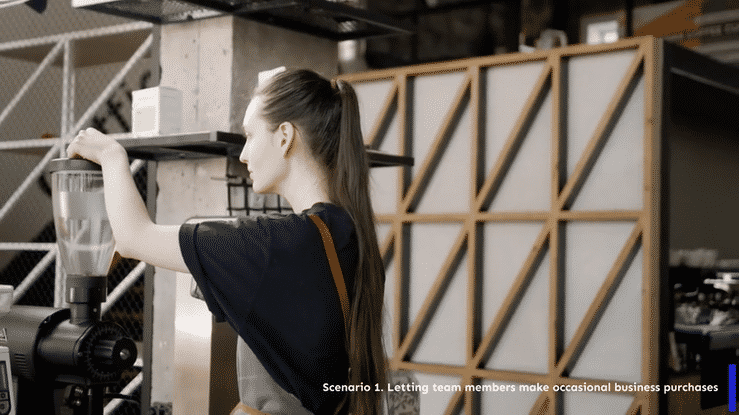Case study: How we optimized a complex project for speed and quality
Image: Lizzi Sassman on Unsplash💡 Key take-outs:
When designing qualitative research projects, it is vital to create an enjoyable participant experience.
Large and complex qualitative projects require careful upfront planning to ensure participants don’t feel stressed and overwhelmed.
At Phase One Insights, we pride ourselves on designing innovative projects that engage participants and deliver outstanding results.
Have you ever faced a large and complex task and felt exhausted by the prospect of beginning it?
That’s exactly how research participants feel when they are presented with a badly-designed questionnaire or a convoluted interview that drags on and on and on. Their brain files the task in the “too hard” basket and they tune out. The quality of the research suffers as a result.
This is why, when starting a large and complex research project, we always take the time to clarify the problem space, hone and refine the question set, and design an approach that makes it easy for research participants to respond.
This case study offers a good example of how we work with clients to take the complexity out of large projects, to ensure that we achieve the best results.
The challenge
A global financial services firm wanted to find out what small and medium enterprises (SMEs) thought of three innovative payments products.
When the client initially reached out to us, they assumed that we would complete the research in a single qualitative project. But the research was too large and complex for a single project. It required us to conduct research in two countries, with businesses of four different sizes, across four industries, looking at 3 different payments products.
Additionally, we knew that the payments products would be unfamiliar to most SMEs, and the benefits wouldn’t necessarily be obvious to them. We worried that participants would be overwhelmed by the challenge of reviewing three products at once, and consequently we wouldn’t get the level of engagement from them that we required.
To make things really tricky, the client needed the insights promptly. We couldn’t reduce the overwhelm factor by running consecutive studies - that would take months.
This presented us with a real challenge.
How we tackled the challenge
Working with the client, we devised a structured approach to the research that would enable us to move at speed, despite the size and complexity of the project.
We started by clarifying the going-in hypotheses for each of the three products. This helped us to simplify the project, focusing it on key research goals.
The major step was to break the project into three parallel streams of research – one for each product. We would run these streams semi-concurrently. Each stream had the same structure, minimizing the time and effort required for set-up, analysis and reporting.
Finally, we created use case videos to explain the products to research participants and to suggest how they might help their businesses. These videos made it easy for participants to understand what the products were and how they could use them.
Show, don’t tell.
A use case video enables research participants to imagine the product is part of their life and world.
Our approach to the project
This upfront work enabled us to transform a large and complex research project into a streamlined, four-stage engagement.
The engagement looked like this:
Stage 1: Review
We reviewed existing research and used it to simplify and refine the going-in hypotheses.
Outcome: Clear hypotheses to guide the research and streamline reporting.
Stage 2: Align
We ran an online workshop with the client to agree on the hypotheses and ideate use cases to test with the SMEs.
Outcome: Shared vision of the research approach and the goals of the project.
Stage 3: Empathize
We ran parallel qualitative research studies, each focused on a different product.
Outcome: Deep insight into businesses’ response to each product.
Stage 4: Activate
We ran a working session with the client to reflect on the findings and identify next steps.
Outcome: Client action plan for sharing the insights with partners and building traction for the new products.
Our measure of success
We planned for the project to take ten weeks to complete. Major floods and Covid outbreaks in both countries slowed things down a bit (thank you 2022!). But the project was successful, and the client was thrilled with the results.
“Having come from a product design-led practice, I was thoroughly impressed and refreshed to work with Phase One. They embody everything human-centred design represents, plus some.”
- Director, Small Business Solutions, Global Financial Services firm
Our research helped the client:
Develop targeted propositions to communicate the value of their products to SMEs in different market segments
Embed these propositions in sales decks and pitches, to prepare for market launch
Identify additional opportunities to pursue, based on a deep understanding of SME challenges and needs
Subsequently, the client used the insights to start conversations with major Australian and New Zealand banks about how its products could create value for SME customers.





